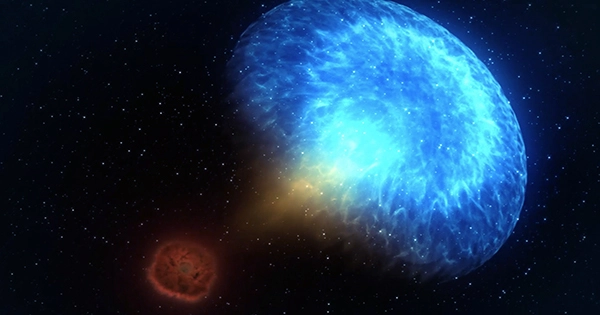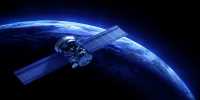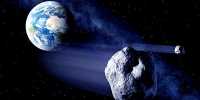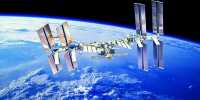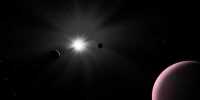While moving at 99.97% the speed of light, a jet of material launched by the neutron star collision GW170817 appears to be moving seven times faster than the speed of light. The Hubble and Gaia space observatories observed the jet in the days following the collision, but it has taken five years for the photographs to be sufficiently processed and studied to explain what is happening.
The discovery of GW170817, the first observed neutron star merger, revolutionized astronomy. It was the first time that gravitational wave detectors and electromagnetic spectrum telescopes worked together to analyze the same incident. 70 observatories participated. The partnership went beyond the Earth’s atmosphere; equipment in orbit were also diverted from their current tasks in order to gather any photons they could.
The two neutron stars’ combined masses produced a structure so dense that it fell into a black hole, sucked up nearby material, and spun quickly, releasing tremendous jets from its poles. Despite the fact that scientific research frequently moves at a slower pace and the work has only just been published, an analysis of these jets in Nature shows how close they came to traveling at light speed. In the process, the authors provide evidence in favor of the theory that neutron star mergers are the cause of gamma-ray bursts.
The authors of the research used data from Hubble, Gaia, and radio investigations conducted 75 and 230 days after the collision. Using Very Long Baseline Interferometry, telescopes operating over thousands of kilometers made radio wavelength observations (VLBI).
Dr. Kunal Mooley of CalTech said in a statement, “I’m amazed that Hubble could offer us such a precise measurement, which approaches the precision reached by large radio VLBI telescopes dispersed across the globe.
Despite being accurate, the Hubble readings initially seem absurd since they show the jet traveling at a speed that is seven times the speed of light. Light speed is still an impassable barrier, despite how accustomed we are to ideas like “warp speed five” thanks to science fiction. Going even 7% over, much alone seven times, would completely upend the laws of physics.
However, astronomers have observed what appears to be “superluminal” velocity before, and they are aware of its origin. One jet is virtually directed at Earth, which means that the light it emits as it extends must travel a shorter distance to reach us. The illusion of faster-than-light flight is produced by masking the time lag between when the light is emitted from the leading edge of the jet and its point of origin. The authors determined the angle of the jet with respect to Earth to be between 19 and 25 degrees by measuring the difference between the apparent speed of the jet and its maximum speed. They were then able to calculate how close to the speed of light the jet actually is because of this.
Dr. Wenbin Lu of the University of California, Berkeley stated that “our result suggests that the jet was flying at least at 99.97% the speed of light when it was launched.”
Because of how strong they are, gamma-ray bursts first baffled scientists who wondered what could cause them. Once touted as a possible explanation, jets formed by neutron star mergers are now confirmed to exist and be swift enough to produce bursts.
The JWST will be able to view occurrences like this with a degree of precision well beyond that of Hubble, as the study points out.
